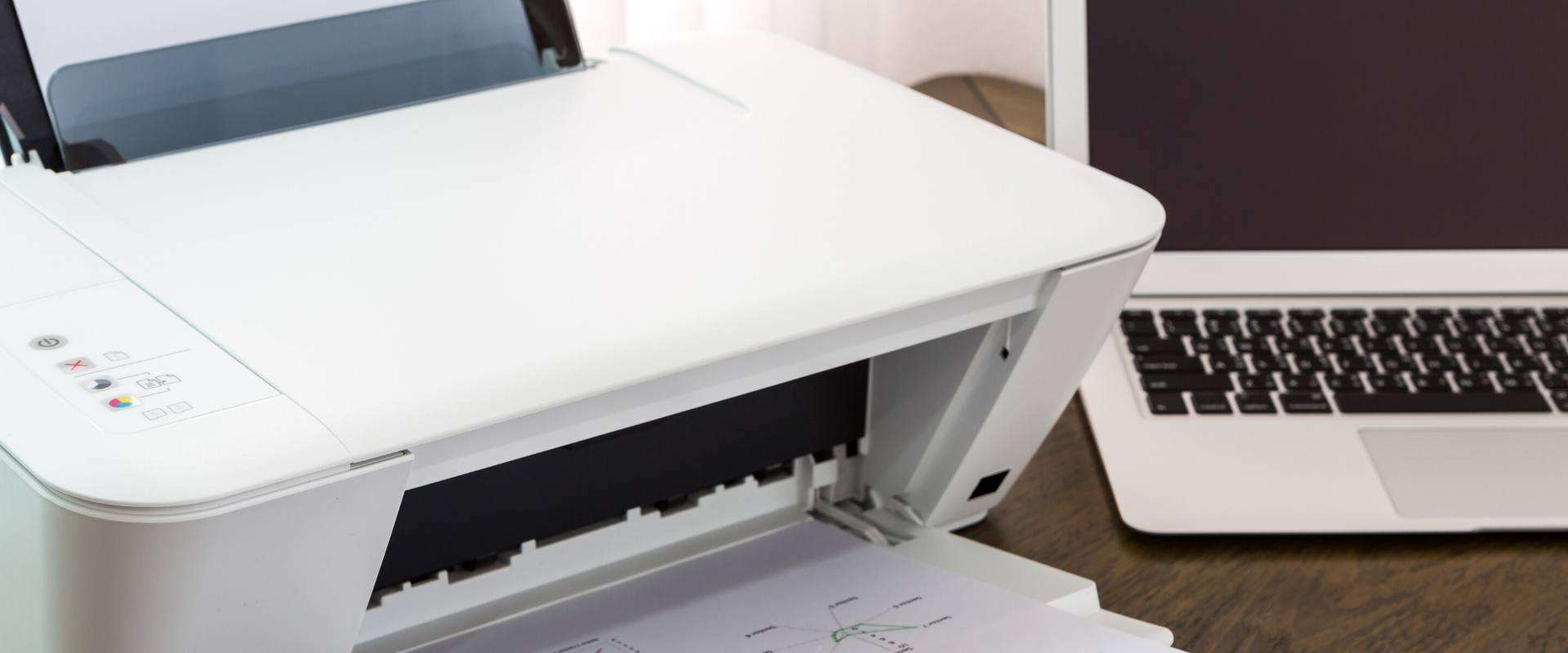Over the past few months, businesses have quickly adapted to accommodate a larger remote workforce. Many companies may not have known where their company assets were located or what equipment their employees took home. There may have even been assets borrowed from other departments to ensure staff could operate remotely.
During this time, many HR managers may have identified gaps in their asset management process. Tracking company property is an important HR process that can have a huge impact on your business. In this article, we’re going to discuss three benefits of asset management technology so you can start streamlining your process.
What is Asset Management?
Asset management is all about organization. It’s the process of tracking and managing company property assigned to employees, which can include:
- Equipment - cell phones, computers, webcams
- Credit cards
- Company vehicles
- Furniture - desks, workstations, chairs
What is Asset Management Important?
Asset management is an essential HR process that can save companies valuable time and lower costs. If you’re manually tracking company property, it’s challenging knowing where your assets are and the financial impact they have.
Asset management is also important for tracking the lifecycle of your company’s physical assets, from purchase to replacement. If company equipment is being replaced too frequently, this can lead to unnecessary expenses.
3 Benefits of Asset Management Technology
An asset tracking system helps businesses control operations more efficiently, allowing assets to run at peak performance. Many human capital management (HCM) platforms include asset management as a key HR process. With an all-in-one HR platform, you can streamline your asset management process and benefit the following ways:
1. Increased Productivity
Asset management allows you to monitor and track all company property in a centralized location. This ensures employees have the equipment they need to perform their jobs effectively. It also makes it easier to maintain or replace an asset and minimize downtime.
Asset tracking also allows you to monitor and manage company property across multiple locations or a remote workforce. You can easily track all company property being used by employees in real-time.
2. Reduced Administrative Burden
Tracking physical assets using manual, paper-based processes is a time-consuming and error-prone process. Manual tracking is inefficient and can lead to inaccurate data, especially if your company is growing.
With an all-in-one HR platform, you can view a breakdown of your assets based on:
- Assets assigned to employees
- Assets recovered or not recovered
- The total value of all assets
Automating this process frees up your time to focus on other strategic tasks that attribute to company growth.
Furthermore, you can quickly run detailed asset reports for a deeper dive into your inventory. This is a huge timesaver if your CFO is asking for financial data related to company assets.
3. Lower Operational Costs
According to a study performed by Gartner, improper asset tracking increases an organization’s costs up to 10% per asset user. When you perform asset risk assessments, you set your business up for success. Consistent asset evaluations prevent profit leaks and ensure that your financial statements are accurate.
With an inventory system in place, you’ll also be able to quickly identify and remove any “ghost” assets. These are assets that have either been lost, stolen, or inaccurately recorded. This will ensure your asset inventory is always accurate and up to date.
Proper inventory management also helps reduce the number of thefts. By having an asset recovery process in place, you can make sure all company assets are returned and maximize company returns.
Reap the Benefits of Asset Management
As you can see, asset management is important to the ecosystem of your business. With proper inventory tracking, you can manage the lifecycle of your assets, whether in the office or working from home. You’ll have an accurate record of where all assets are at all times. This increases productivity reduces administrative burden and lowers operational costs.
Furthermore, a unified HR and asset management platform provides high-level executives access to financial risk insights. These insights enable them to make accurate decisions around company inventory costs. At the end of the day, asset management systems provide more information than which computer exists in what location. Unified systems let organizations focus on revenue-generating processes, without having to worry about additional and unaccounted expenses.
How APS Can Help
APS makes it easy to keep accurate records of your company property with our Asset Management solution. Create and manage asset types, like cell phones, computers, and company credit cards. Assign assets to employees, including the issue date, recovery date, and value. Manage assets assigned to employees using an intuitive dashboard to quickly assess costs and make informed decisions.





